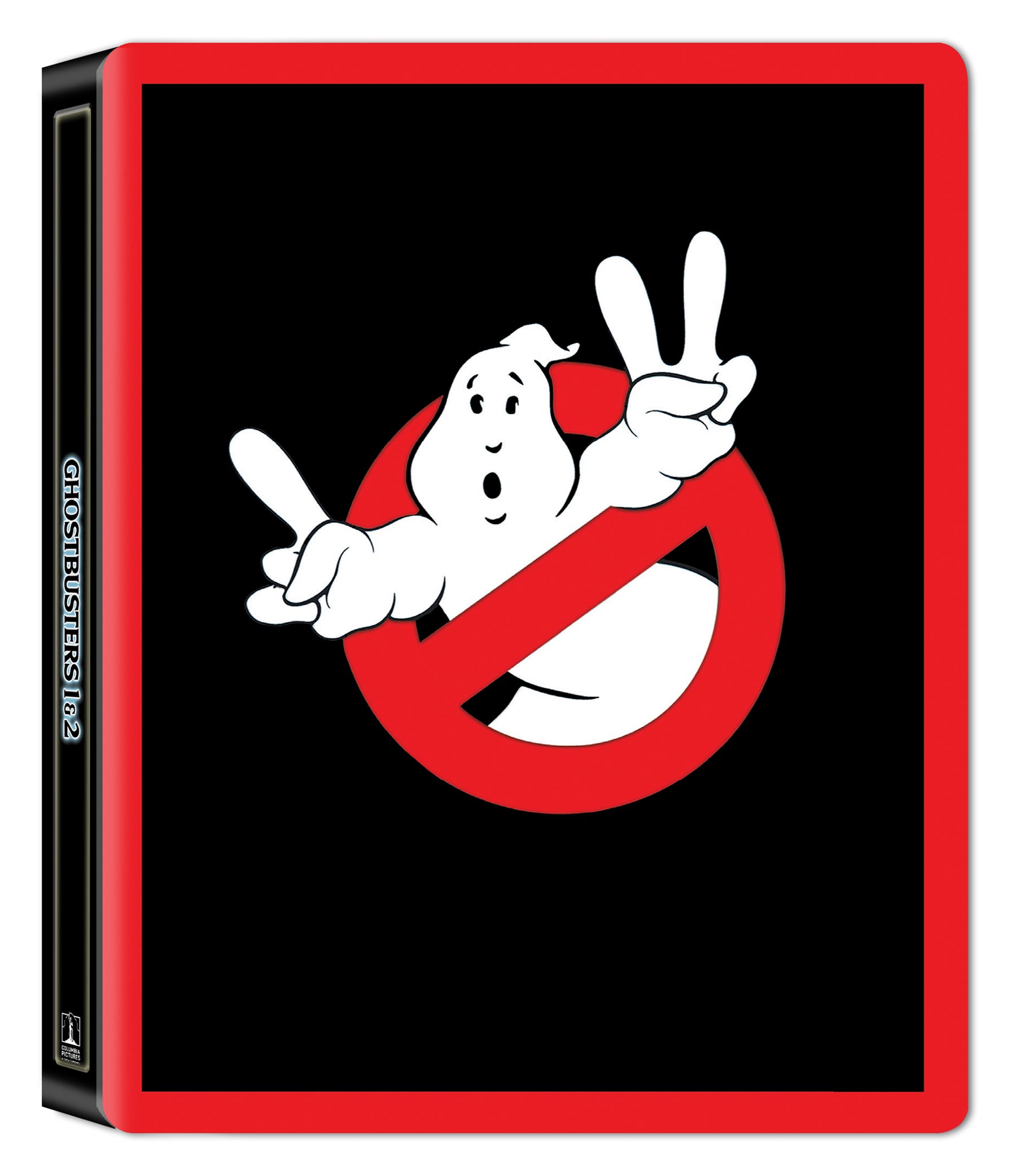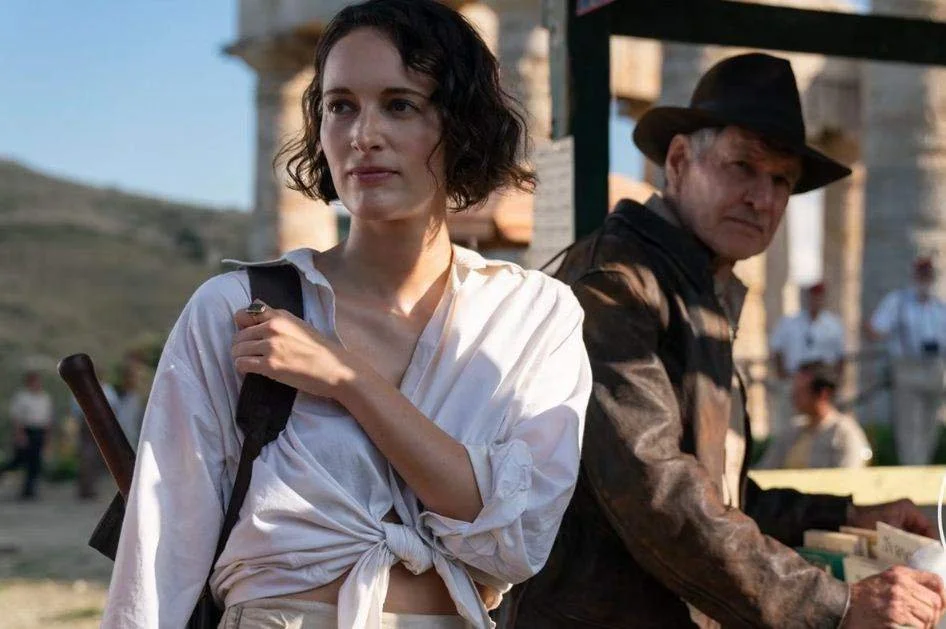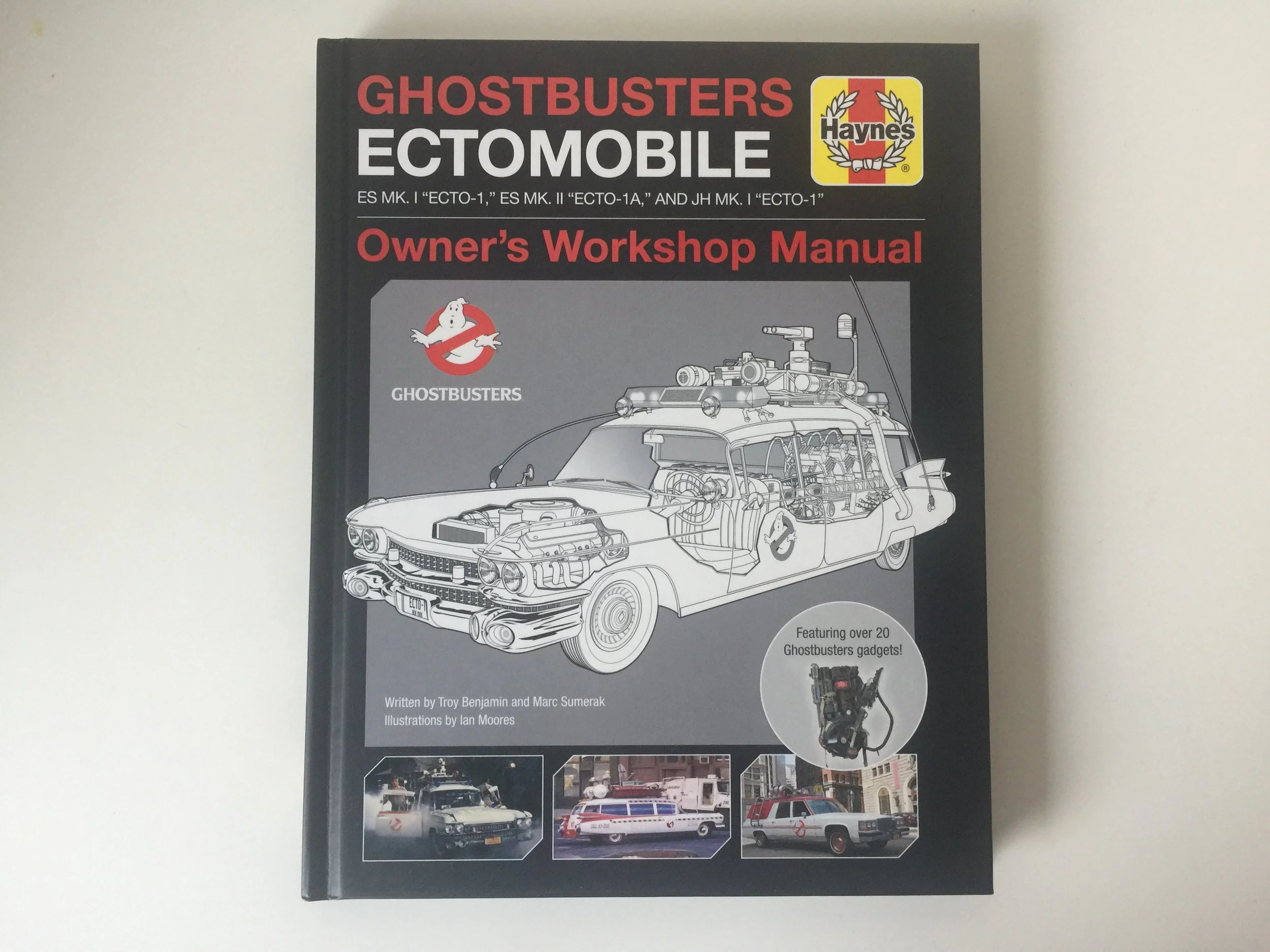The interview comes to a close and I turn to my DP, Michael. The two of us share a look as if to say without vocalizing, "Wow, that really just happened?" I thank Doug for his time and for the incredible conversation. Which was far more than we needed for the brief 42-minute documentary. He asks if we'd like to join him for lunch before hitting the road. Of course, without hesitation, we all say yes.
We quickly wrap all of our gear and follow him back to the main house where an impressive spread of sandwiches, salads, cookies and more have all been laid out not just for us, but for all of Trumbull's crew. Lunches are shared fireside among the crew working for Trumbull in the cozy home, and we are among the few that are lucky enough to join in the ritual. Camera crew, construction, farmhands, assistants, everyone eats together as a family of about a dozen by my count.
I sit next to a table next to Doug and his wife Julia, who continue to be the most gracious of hosts. Everyone shares a comfortable silence, eating a hearty and delicious meal after a long day's worth of work. Suddenly the thought occurs to me that I'm sitting with the man behind Back to the Future: The Ride and it just happens to be the calendar year 2015. I can't resist and I tell him what a fan of the ride I am. I tell him how disappointed that I was Universal Studios decided to replace it with a fully-CG Simpsons attraction. He shakes his head and I worry that I've pushed too far, bringing up a sensitive subject. Instead, he takes a drink of his coffee and simply tells me that the film for the theme park ride was one of his proudest achievements. The making of the Back to the Future Ride film was incredibly complex. Bookending our conversation about having to invent widgets in order to get the job done, Trumbull had to help invent the technology not just to film the ride, but also to project it for the ride cars. He excuses himself from the table and walks to a shelf where he pulls out an album and sets it in front me. It's filled with photos and designs from the making of the ride. As I flip through the book, he points out people, equipment, elaborate and intricate miniatures, giving me the key details just as a proud grandfather would show off photos of his grandkids.
The sun weighed heavy on the horizon and despite wanting to stay and continue the conversation and enjoy the hospitality, the time had come when we all felt like we had outstayed our welcome... and were concerned we'd get lost trying to find our way out of the Berkshires in the dark. We said our goodbyes and before I knew it, I was back in my rental car and on the Turnpike.
This time, I avoided the EZPass mistake but was completely lost in thought for the multi-hour drive. No radio, no music, just a couple hours with myself reflecting on the experience as I drove back to Boston. Immediately upon checking into my hotel room, I dropped an email to Doug and Julia thanking them for their gracious hospitality and for being so welcoming.
My last contact with Doug was later in the spring of 2015, informing him that the company that I was working with was dissolving our group. I reiterated to him just how much my experience at his farm meant to me and asked if he'd be okay with me posting the article that you've just almost finished reading. The experience would be really hard to top and I wanted to find some way to document it for my own memory and to share with others.
Shortly after we were all let go from our employer, I made the decision to step away from DVD/Blu-ray behind the scenes work. Much like Trumbull speculated in our interview, the work was slowly starting to dry up as streaming and on demand services slowly began to wither the physical media formats. The "Looking to the Stars" documentary and the experiences and conversations that it brought me really felt like John Elway going out on a Super Bowl win. I called the project our own little tribute to my most prized issues of Cinefex Magazine - but incredibly, it was also my opportunity to talk face-to-face with all of the innovators and inventors that I'd read about in the pages of those magazines. Because of the documentary, I became acquaintances with John Dykstra as well. One of my proudest moments (and the last that I've done in the capacity of a EPK/DVD field producer) was on the set of X-Men Apocalypse, picking Dykstra's brain on how to effectively shoot a promo I was directing with Bryan Singer in slow-motion Quicksilver Time on the Phantom camera. At the end of our conversation, he asked what happened with the space film documentary we were working on. Luckily I happened to have a copy on me to give to him. It was such a strange moment, handing a hero of mine something that I had produced for him to watch.
Douglas Trumbull is one of the most talented and knowledgeable visionaries that not just the film medium, but technology as a whole has ever had in its corner as an advocate. Since day one of his career, he's pushed the envelope. He's been two steps ahead of everyone else. Frankly, looking back on the experience, I'm disappointed that the innovations that he's created while living the dream on his private estate in Massachusetts, still haven't been adopted and repopulated en masse in 2017. Imagine any of the films that you've watched and enjoyed the past couple years being in crystal clear, larger than life three-dimensions and just how much more it would have immersed you in the story. Imagine the dramatic and explosive conclusion to an epic like Game of Thrones not just on your 35" flatscreen TV in your living room, but surrounding you. Putting you right there in the thick of the battle. It's thrilling and exciting, it could be like the opening of Star Wars seeing the Star Destroyer fly overhead all over again. That's what Trumbull passionately wants for himself and for all of us.
And I still can't believe I got to spend nearly an entire day to share that excitement and enthusiasm with him.







































